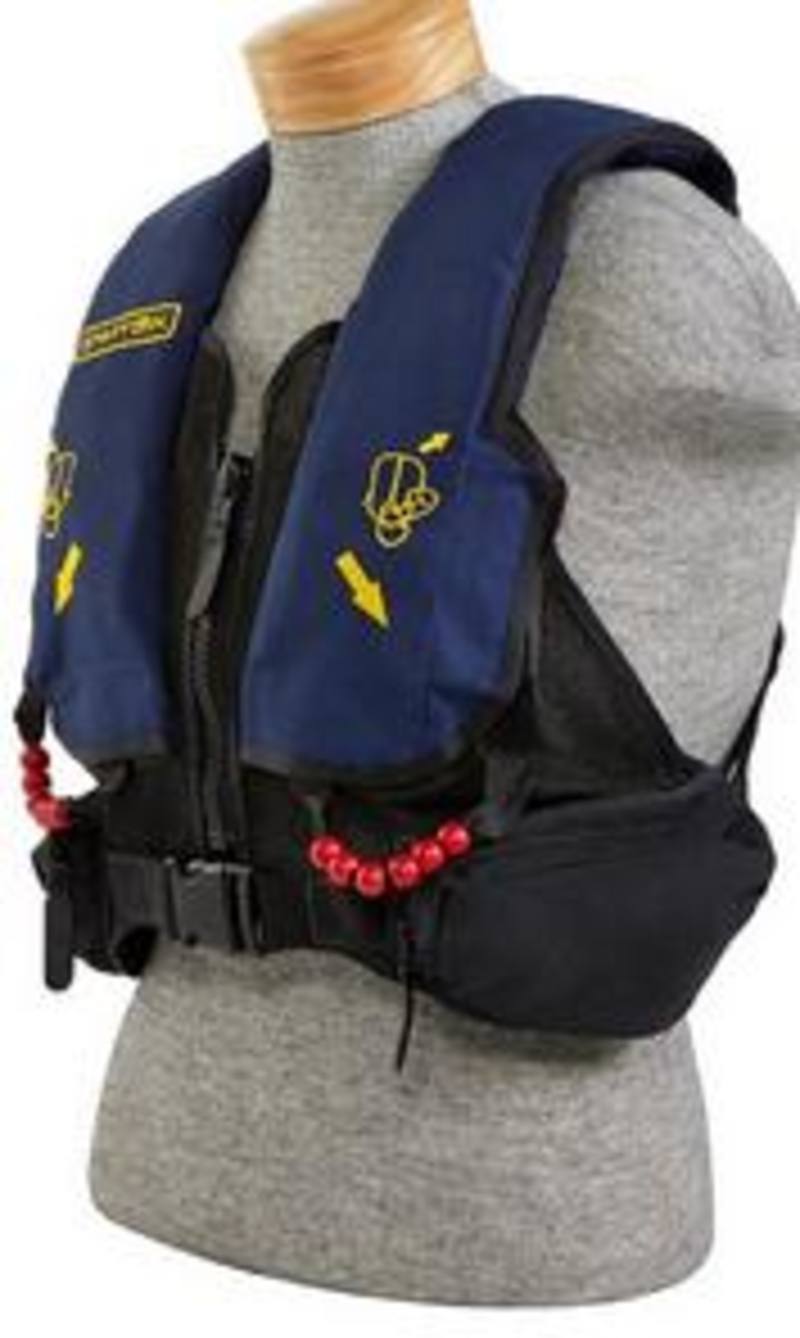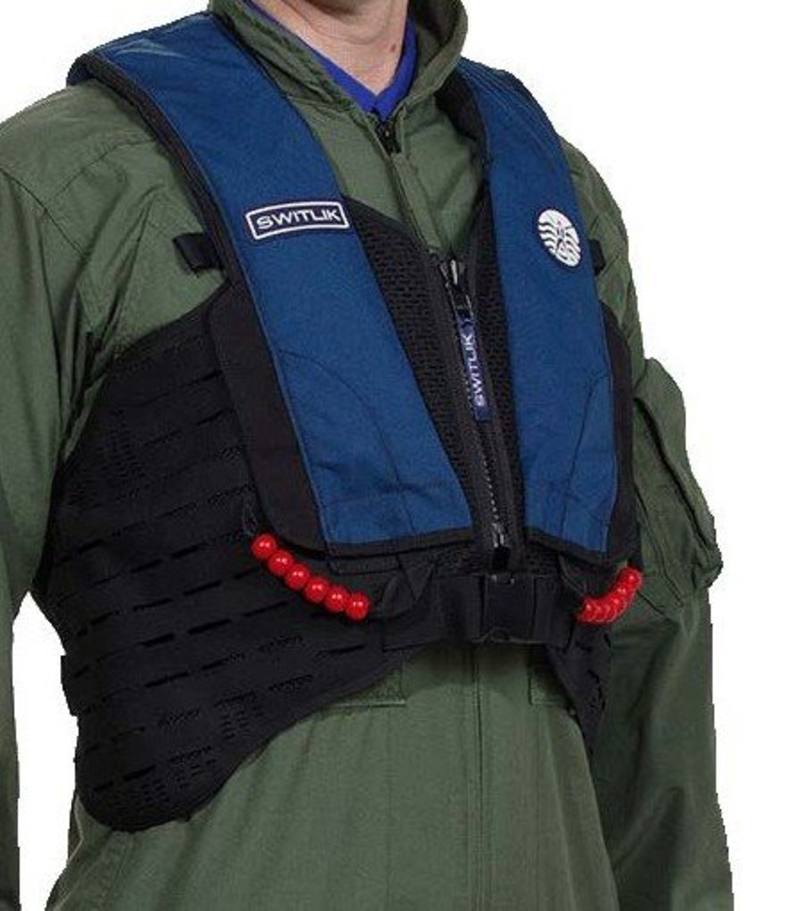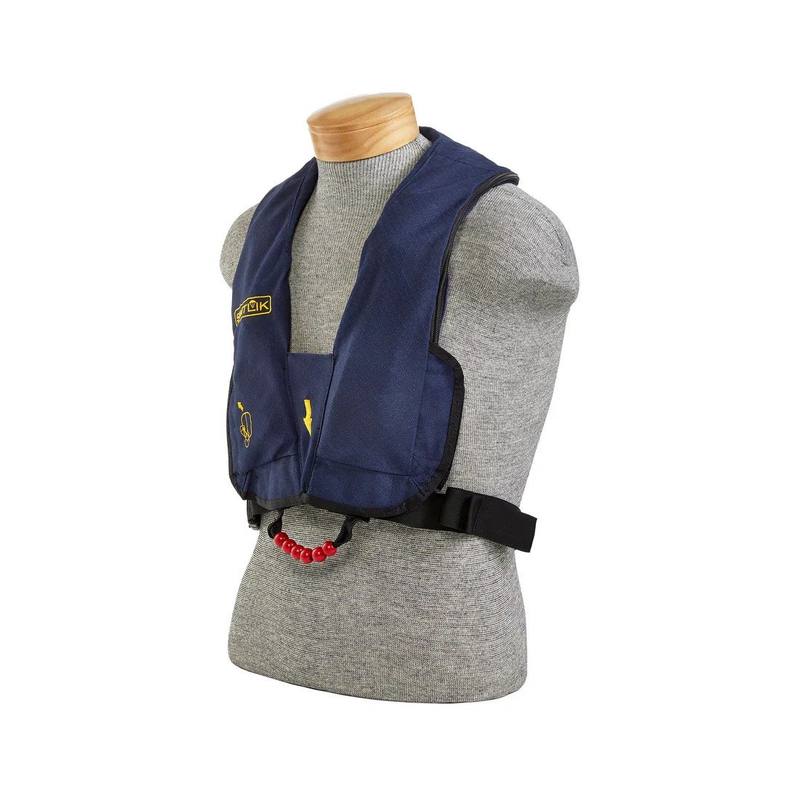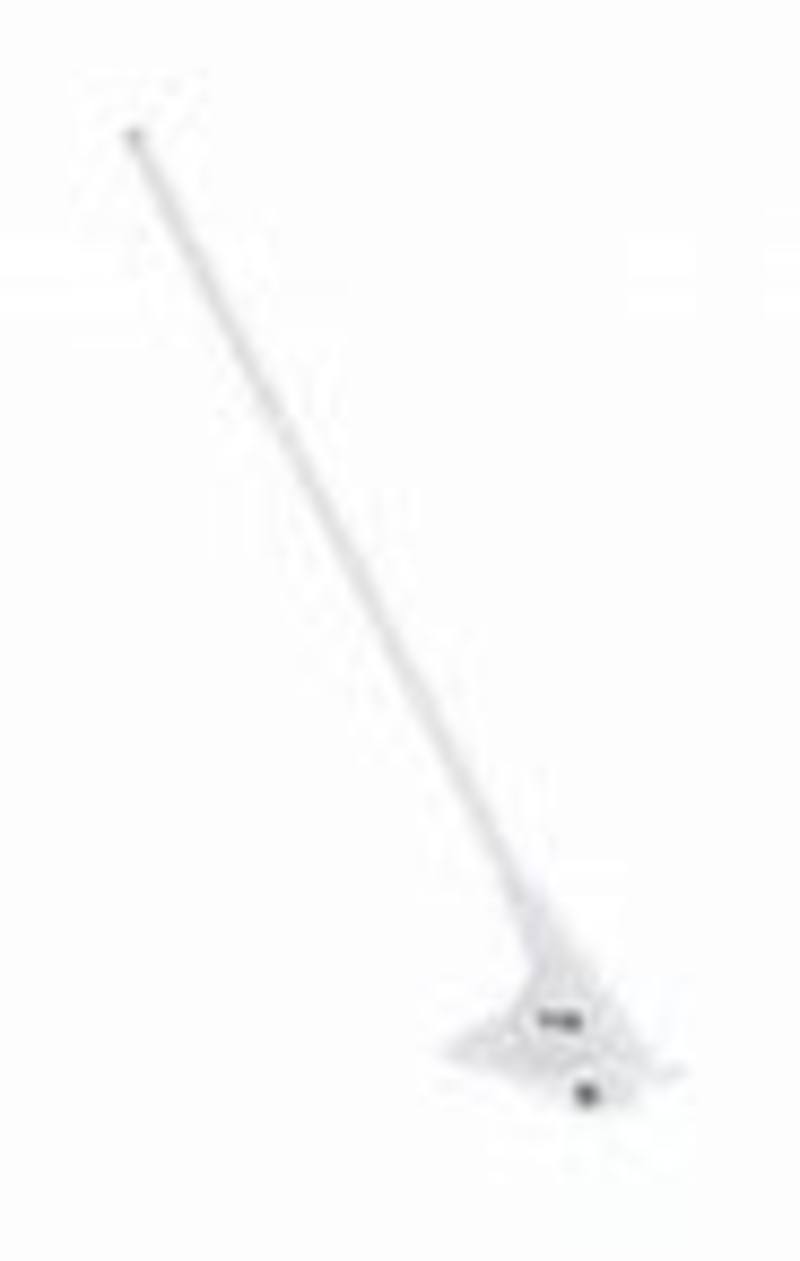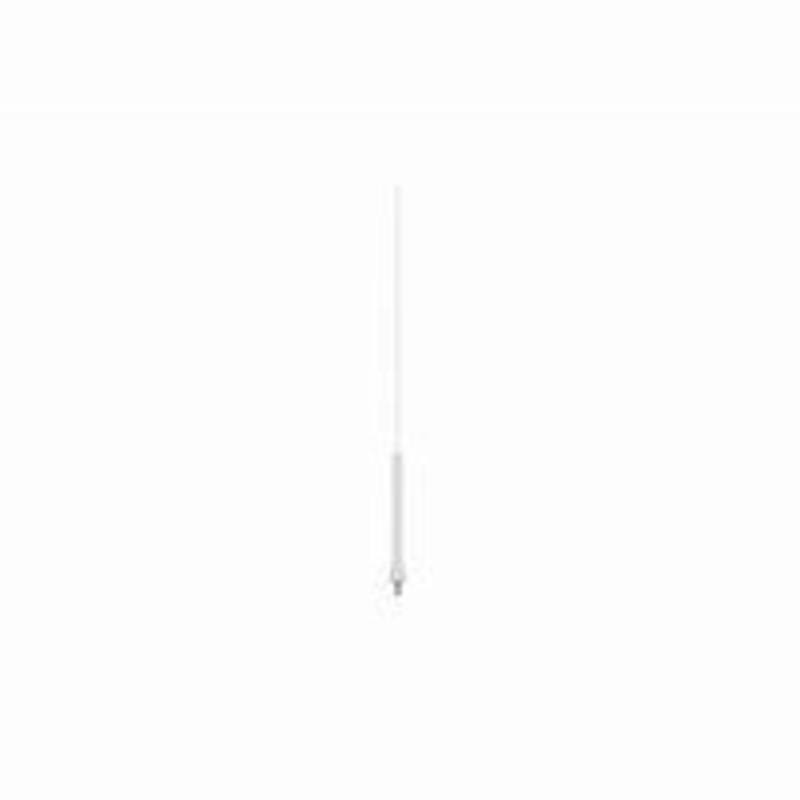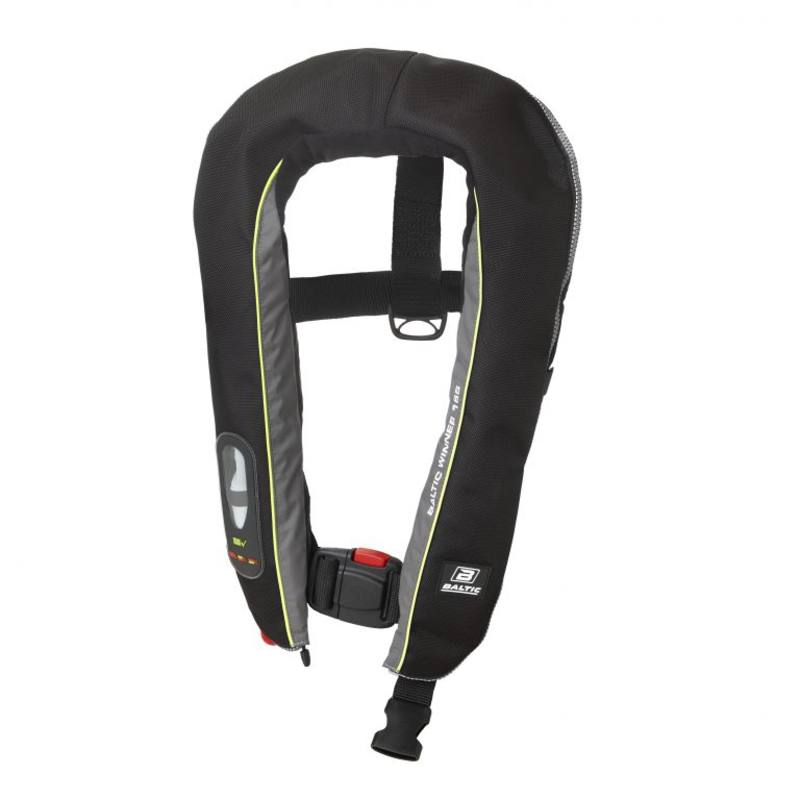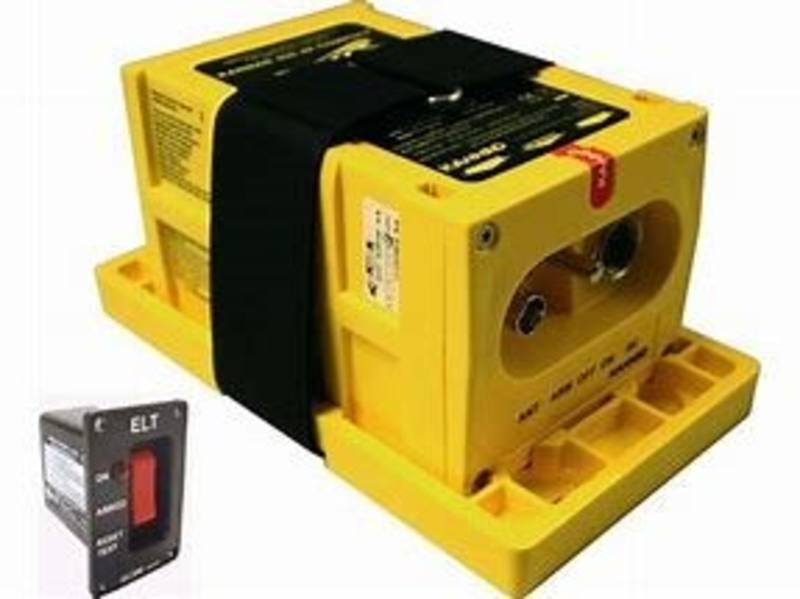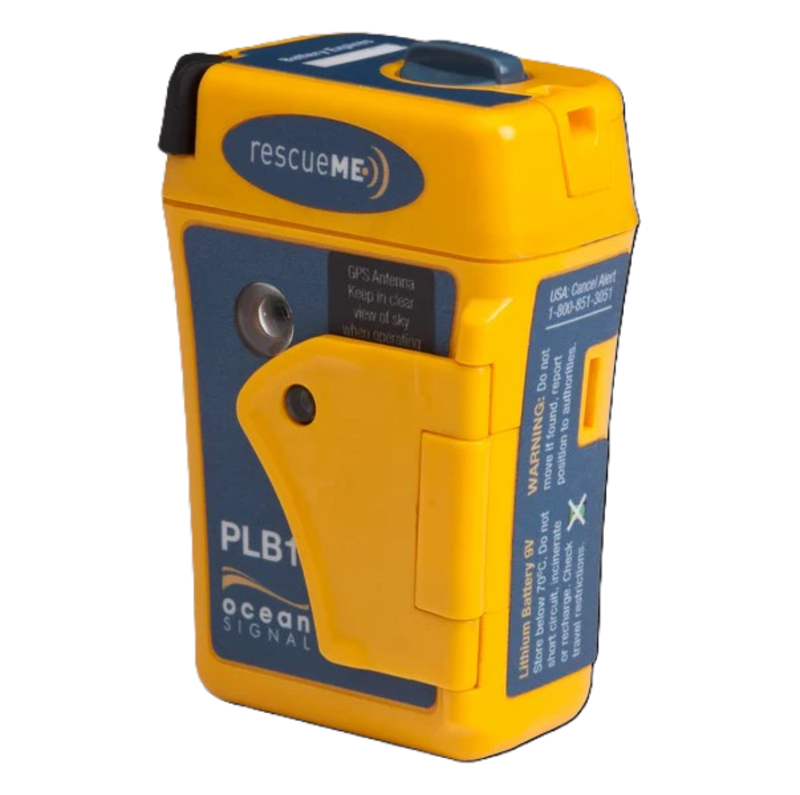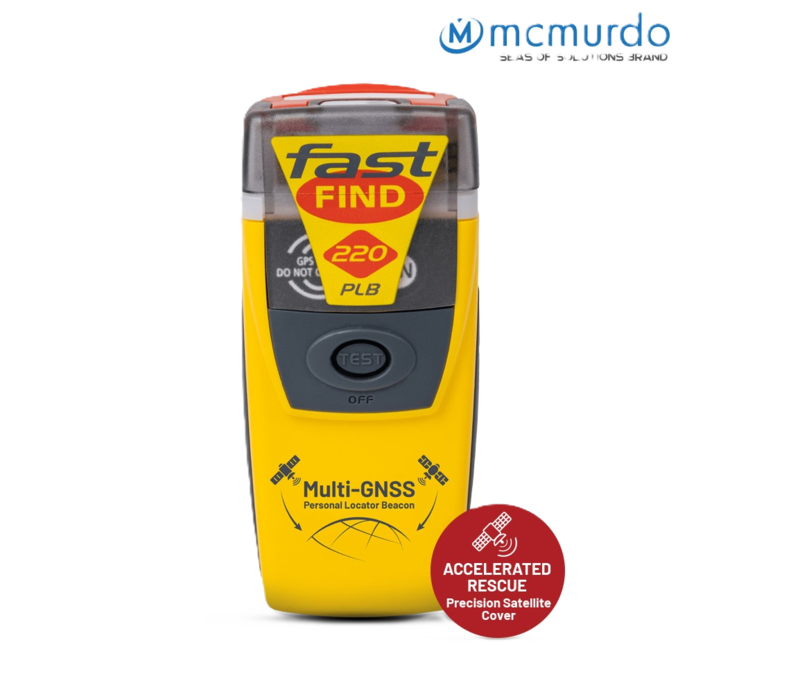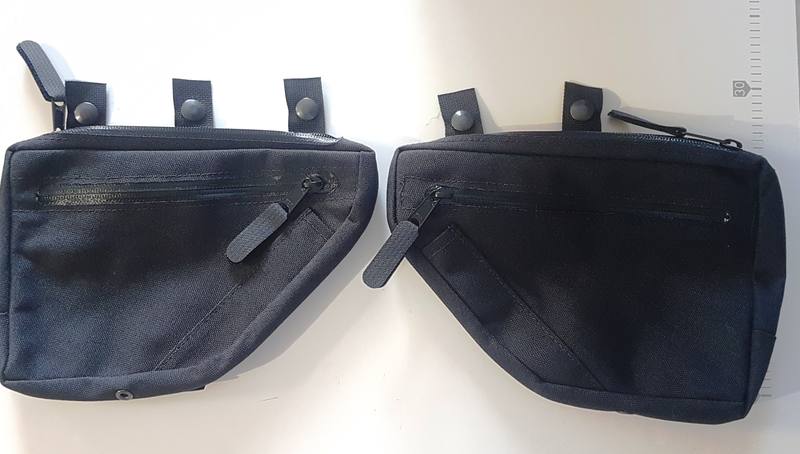Lite-Flite Hoist Harnesses
Maximum comfort
In general, our hoist harness is constructed without shoulder straps in order to secure maximum comfort and to allow the winchman to move his legs freely in order to support the rescued person during the hoist ride to the helicopter. Likewise, to prevent the winchman to slide in case of a head down position, the harness has a unique design of the front part, where the waist belt locks itself on to the hips. It is important that each winchman has a harness that fits him perfectly, which is why our harnesses come in different sizes. We even have an extra small version specifically made for the Asian market. Custom designs can usually be made upon request, if the EC type certification is not breached. In short, we have a hoist harness for every winchman.
Next generation
Lite Flite hoist harnesses next generation 1493-series has replaced our classic 1453-series. All of them can be used together with our lanyards, lanyard connector, Quick Release Box and the rest of our helicopter equipment. They all have accessory D-rings that will break away if the force exceeds some 40-60kg. Thus, you can carry a guide line or a pair of swim fins, but if these items get stuck, it will not cause you and the helicopter to be accidently firmly tied to i.e. ship wreckage.
The next generation harnesses have been optimized to be even safer and more comfortable than the classic series. We have for instance moved the side adjusters a little bit forward to reduce the risk of having your ribs hurt in a fall.
Materials for the marine environment
In order to maximize product lifetime, we naturally only use the best materials. Thus, all adapters, rings and adjusters are made of corrosion treated stainless steel resistant for the marine environment. The new generation hoist harnesses have webbing made of polyester. Polyester is our latest go-to fabric as it does not absorb water and is impervious to dirt. Our comfort paddings are made by utilizing a 3D-spacer material. It is light weight and only 6mm thick, but with the same protection as the classic, dual layer, traditional 15mm cell foam. The padding is slightly drop shaped and extends below the harness, to protect the lower part of the spine and coccyx. The padding on the leg straps has a curved and slotted inner profile. Because the padding is moveable, even under suspension, it is very easy to distribute the pressure at the back of the thighs. This is not for comfort only; it also reduces the risk of suspension trauma. These paddings can be replaced as they may be exposed to wear.

